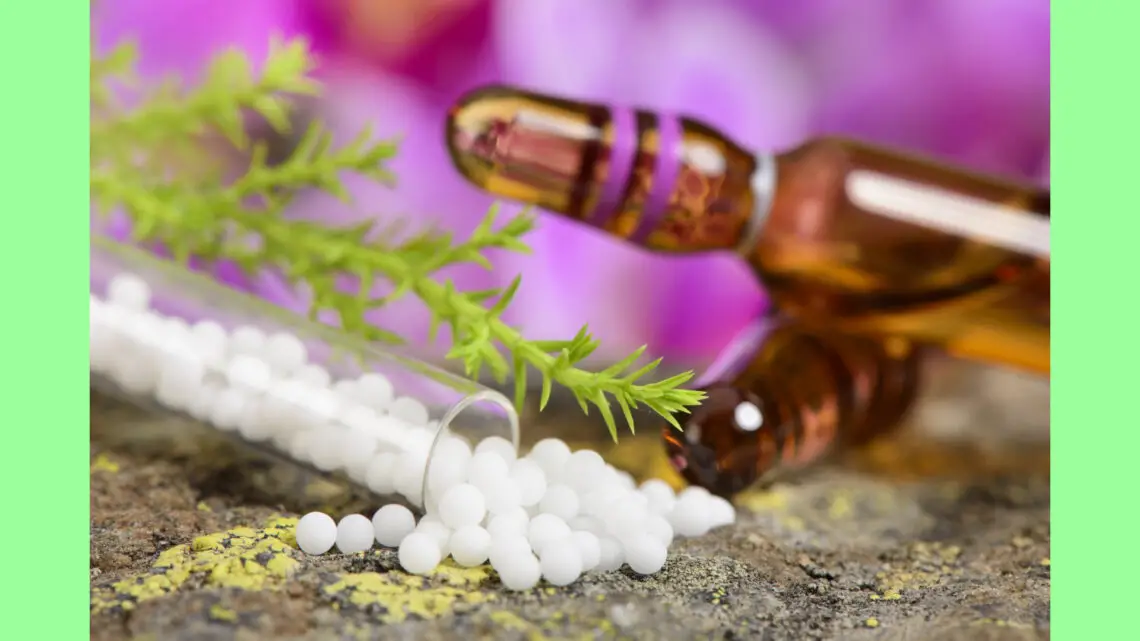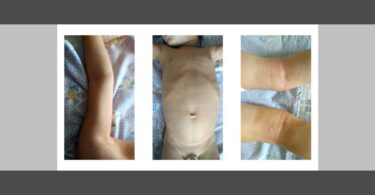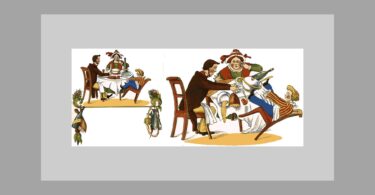ABSTRACT
The principle behind OSPE is to provide a fair and reliable assessment by assessing multiple skills and knowledge domains through a series of stations or scenarios. Each station focuses on specific objectives, and students are evaluated based on their performance at each station. It is designed to test each component of competence uniformly and objectively for all students who are taking up a practical examination.
KEYWORDS
NCH; OPSE; Homoeopathic Pharmacy; Bloom Domain; Miller Pyramid; Guilbert Level; DOPS; Vehicles; Pharmaceutics; External application; Clinical pharmacy
OSPE is an assessment method used in medical and healthcare education.
Its primary objective is to evaluate the practical skills and competencies of students in a standardized and structured manner.
- Objective = Examiners use a checklist for evaluating the examinees
- Structured = Examinees see the same problem and perform the same tasks in the same time frame
- Practical Examination = Tasks are representative of those faced in real practical / clinical situation.
Principle
The principle behind OSPE is to provide a fair and reliable assessment by assessing multiple skills and knowledge domains through a series of stations or scenarios. Each station focuses on specific objectives, and students are evaluated based on their performance at each station.
It is designed to test each component of competence uniformly and objectively for all students who are taking up a practical examination.
Advantages
OSPE has several merits when compared to a standard practical examination:
| Traditional Practical Examination | Objective Structured Practical Examination |
| Subjective | Objective |
| Variability | Uniformity |
| Product is assessed | Process is assessed |
| Too much emphasis on a single topic | Entire practical syllabus is covered |
| Many abilities and knowledge ignored or not assessed | Mapped with Bloom’s Domain, Miller’s Pyramid and Guilbert’s levels |
| Marks awarded by overall impression | Standardized method of assessment |
Method
OSPE involves a rotation-based system where students move from one station to another within a fixed time frame. Multiple stations are designed and each station has a specific objective which needs to be tested. The student is assessed at a series of stations with one or two aspects of competence being tested at each station.
At each station, students are presented with practical tasks / problem-solving exercises, or objective-based scenarios. Students’ performance is assessed using predetermined criteria.
Setup
The setup for OSPE involves careful planning and organization.
- First, a blueprint is created, outlining the learning objectives and competencies to be assessed.
- Select the Task – Break into Sub-Tasks
- Assign Scores and allot time
- Then, stations are designed, each with a specific task or scenario related to the learning objectives.
- The resources and materials required for each station are prepared in advance.
- Orientation of examinees and examiners
- Conduct and assess
TESTING COMPETENCY OF EXAMINEES
Based on Miller’s Pyramid
- Knows [Knowledge]
- Knows How [Competence]
- Shows How [Performance]
- Does [Action]
Bloom’s domain
- Cognitive; 2. Affective; 3. Psychomotor
OSPE in Homoeopathic Pharmacy
Competency Based Dynamic Curriculum for Practicals in Homoeopathic Pharmacy involves experiments/practicals broadly comprising of the following subject areas
- Vehicles
- Pharmaceutics
- External applications
- Clinical pharmacy
Setup is designed in the following manner –
Exam Details: I BHMS (2022)
Location: Department of Homoeopathic Pharmacy
Title: Objective Structured Practical Examination – Homoeopathic Pharmacy
Number of Stations: 5
Duration: 5 stations X 2 minutes = 10 mins
Total Marks: 5 stations X 4 marks = 20 marks
Station Setup:
Station 1: Vehicles
Objective:
Assess knowledge and skills in Vehicles – Globules / Sugar of Milk / Distil Water / Ethyl alcohol
Practical experiments covered include
- Globules – size determination
- Sugar of milk – Purity testing
- Distil water – Purity testing
- Ethyl alcohol – Purity testing; Specific gravity
Station 2: Pharmaceutics
Objective:
Assess knowledge and skills in Pharmaceutics – Old and New Method / Potentization
Practical experiments covered include
- Trituration
- Succussion
- Fluxion and Jumping Potency
- Preparation of mother tincture, mother solution, mother substance
Station 3: External Applications
Objective:
Assess knowledge and skills in External applications
Practical experiments covered include
- Glycerol
- Lotion
- Liniment
- Ointment
Station 4: Clinical Pharmacy
Objective:
Assess knowledge and skills in Dispensing and Prescription writing
Practical experiments covered include
- Dispensing with globules
- Dispensing with sugar of milk
- Dispensing with distil water
- Writing a Prescription
Station 5: DOPS – Direct Observation of Procedural Skills
Objective:
The examinee shall be asked to demonstrate a practical test and assessed on pre-determined criteria.
Examinee shall also answer a related pre-set question in connection with the demonstration.
SAMPLE SET – STATIONS
STATION 1 – VEHICLES
| 1.01 | VEHICLE – SUGAR OF MILK
TOTAL MARKS = 4 |
Bloom’s Domain | Miller’s Pyramid | Guilbert’s Level |
| Setup
· Requirement – Test tube rack; Test tube; Starch powder; Iodine solution · Take starch powder in test tube and add few drops of Iodine. Put test tube on rack |
||||
| A | What is the inference of the above test [1] | Cognitive | Knows how | Application |
| B | Name the method of removing this impurity [1] | Cognitive | Knows | Knowledge |
| C | Which property of the above vehicle is used in trituration [1] | Cognitive | Knows how | Comprehension |
| D | What is preserved in this powder [1] | Cognitive | Knows | Knowledge |
STATION 2 – PHARMACEUTICS
| 2.01 | PHARMACEUTICS (Vegetable Charcoal)
TOTAL MARKS = 4 |
Bloom’s Domain | Miller’s Pyramid | Guilbert’s Level |
| Setup
· Requirement – Vegetable charcoal; crucible · Display vegetable charcoal in crucible |
||||
| A | What is prepared from this raw material: Mother solution / Mother tincture / mother substance [1] | Cognitive | Knows how | Application |
| B | Which class in Old Method does this drug belong to [1] | Cognitive | Knows | Knowledge |
| C | What is the drug : vehicle ratio to prepare 1C potency [1] | Cognitive | Knows | Knowledge |
| D | After which potency in Centesimal scale is it converted into liquid [1] | Cognitive | Knows how | Comprehension |
STATION 3 – EXTERNAL APPLICATIONS
| 3.01 | EXTERNAL APPLICATIONS
TOTAL MARKS = 4 |
Bloom’s Domain | Miller’s Pyramid | Guilbert’s Level |
| Setup
Case Scenario: A 18-year-old girl presents with a complaint of stomatitis |
||||
| A | What is the choice of external application to be employed [1] | Cognitive | Knows how | Application |
| B | Specify the Mother tincture: Base ratio for preparation of external application [1] | Cognitive | Knows | Knowledge |
| C | Mention the Label Specification for this external application [1] | Cognitive | Knows how | Comprehension |
| D | Give one more utility of this external application [1] | Cognitive | Knows | Knowledge |
STATION 4 – CLINICAL PHARMACY
| 4.01 | CLINICAL PHARMACY
TOTAL MARKS = 4 |
Bloom’s Domain | Miller’s Pyramid | Guilbert’s Level |
| Setup
Case Scenario: A 18-year-old girl presents with a complaint of stomatitis. She has to be prescribed Merc sol 200 in deviated doses. |
||||
| A | What is the choice of vehicle for dispensing [1] | Cognitive | Knows how | Comprehension |
| B | Generate a prescription in English for the same
[Inscription and Subscription] [3] |
Cognitive | Knows how | Synthesis |
STATION 5 – DOPS – DIRECT OBSERVATION OF PROCEDURAL SKILLS
| 5.01 | DOPS
TOTAL MARKS = 4 |
Bloom’s Domain | Miller’s Pyramid | Guilbert’s Level |
| Setup
1 drachm plastic bottle; globules; Nux vomica 200 liquid |
||||
| A | Demonstrate – Medication of globules by Nux vomica 200 [3] | Psychomotor | Does | Guided response |
| B | Answer – What instructions will you give to patient on its preservation [1] | Cognitive | Knows how | Application |
CONCLUSION
Shifting from traditional methods of practical examination to OSPE shall ensure competency based real-time scenario evaluations and a fair judgment of the abilities of a medical student as envisioned by NCH policies and guidelines.






